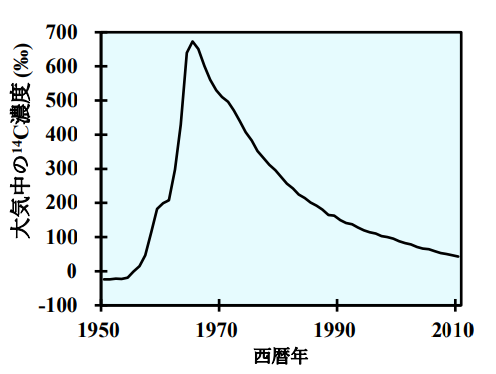2024-04-03 ペンシルベニア州立大学(PennState)
 A new sunflower family tree reveals that flower symmetry evolved multiple times independently. Chrysanthemum lavandulifolium, on the upper left, and Artemisia annua, upper right, are closely related species from the same tribe; the former has bilaterally symmetric flowers — the rays — and the latter does not. Rudbeckia hirta, lower left, from the sunflower tribe has bilaterally symmetric flowers, and Eupatorium chinense, lower right, from the Eupatorieae tribe does not; these two tribes are closely related groups. A sunflower, center, shows flowers with bilateral symmetry — the large petal-like flowers in the outer row — and without bilateral symmetry — the small flowers in the inner rows. Credit: Guojin Zhang, Ma laboratory / Penn State. Creative Commons
A new sunflower family tree reveals that flower symmetry evolved multiple times independently. Chrysanthemum lavandulifolium, on the upper left, and Artemisia annua, upper right, are closely related species from the same tribe; the former has bilaterally symmetric flowers — the rays — and the latter does not. Rudbeckia hirta, lower left, from the sunflower tribe has bilaterally symmetric flowers, and Eupatorium chinense, lower right, from the Eupatorieae tribe does not; these two tribes are closely related groups. A sunflower, center, shows flowers with bilateral symmetry — the large petal-like flowers in the outer row — and without bilateral symmetry — the small flowers in the inner rows. Credit: Guojin Zhang, Ma laboratory / Penn State. Creative Commons
<関連情報>
- https://www.psu.edu/news/eberly-college-science/story/new-sunflower-family-tree-reveals-multiple-origins-flower-symmetry/
- https://www.sciencedirect.com/science/article/pii/S2590346224000804
キク科植物の核系統学的解析による形態学的・分子生物学的進化の収束に関する新たな知見。 Nuclear phylogenomics of Asteraceae with increased sampling provides new insights into convergent morphological and molecular evolution
Guojin Zhang, Junbo Yang, Caifei Zhang , Bohan Jiao, Jose L. Panero, Jie Cai, Zhi-Rong Zhang, Lian-Ming Gao, Tiangang Gao, Hong Ma
Plant Communications Available online:25 February 2024
DOI:https://doi.org/10.1016/j.xplc.2024.100851
Abstract
Convergent morphological evolution is widespread in flowering plants, and understanding this phenomenon relies on well-resolved phylogenies. Nuclear phylogenetic reconstruction using transcriptome datasets has been successful in various angiosperm groups, but it is limited to taxa with available fresh materials. Asteraceae are one of the two largest angiosperm families and important for both ecosystems and human livelihood, having multiple examples of convergent evolution. Nuclear Asteraceae phylogenies have resolved relationships among most subfamilies and many tribes, but many phylogenetic and evolutionary questions regarding subtribes and genera remain due to limited sampling. Here we increased the sampling for Asteraceae phylogenetic reconstruction using transcriptomes and genome skimming datasets and produced nuclear phylogenetic trees with 706 species representing two thirds of the recognized subtribes. Ancestral character reconstruction supports multiple convergent evolutionary events in Asteraceae, with gains and losses of bilateral floral symmetry correlated to the diversification of some subfamilies and smaller groups, respectively. The presence of the calyx-related pappus might have been especially important for the success of some subtribes and genera. Molecular evolutionary analyses supporting likely contribution of duplications of MADS-box and TCP floral regulatory genes to floral morphological innovations, including the capitulum inflorescence and bilaterally symmetric flowers, potentially promoting the diversification of Asteraceae. Subsequent divergences and reductions of CYC2 gene expression are related to the gain and loss of zygomorphic flowers. The phylogenomic work with greater taxon sampling by including GS datasets reveals the feasibility of expanded evolutionary analyses using DNA samples in understanding convergent evolution.


